1. A Sound So Loud, It Should Be Impossible
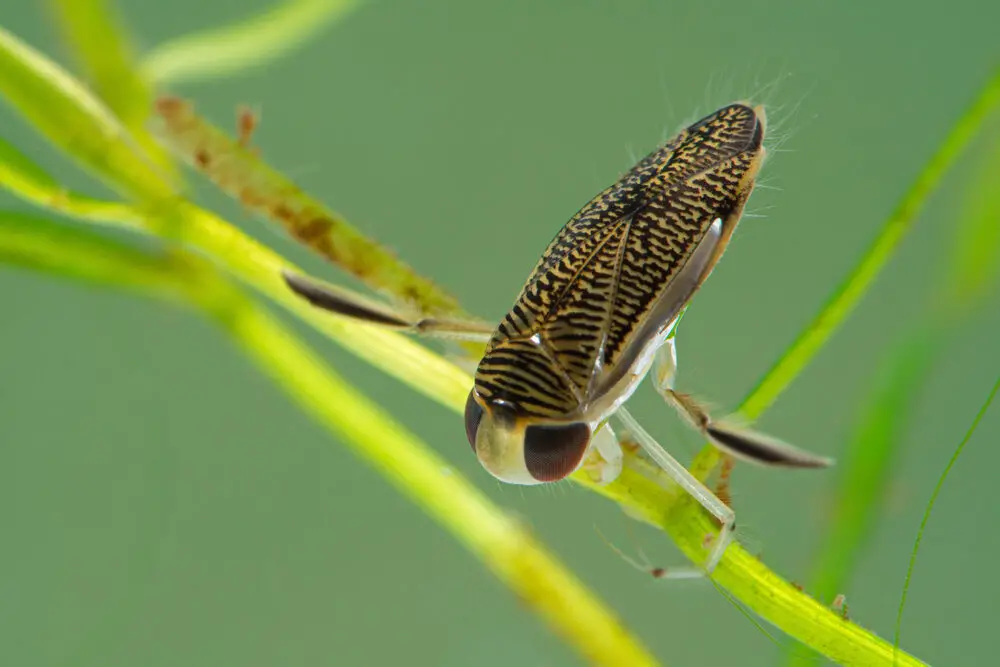
Imagine an insect so small it could rest on the tip of your finger—yet loud enough to make your ears ring. Meet the water boatman (Micronecta scholtzi), an insect so unassuming that you’d never guess it holds the world record for loudest animal relative to its size. Measuring just 2 millimeters long, this tiny bug produces sounds reaching 99.2 decibels. That’s about as loud as a jackhammer or a passing subway train.
To put that in perspective, a blue whale’s call reaches around 188 decibels, but that sound has the entire ocean to carry it. The water boatman, on the other hand, is making its noise in tiny, shallow ponds. Scientists were stunned when they first measured its volume, unable to believe that an insect this minuscule could produce such an ear-splitting racket. And the most mind-blowing part? The sound is created in the most unexpected way imaginable.
2. A Love Song… Played Using It’s Privates
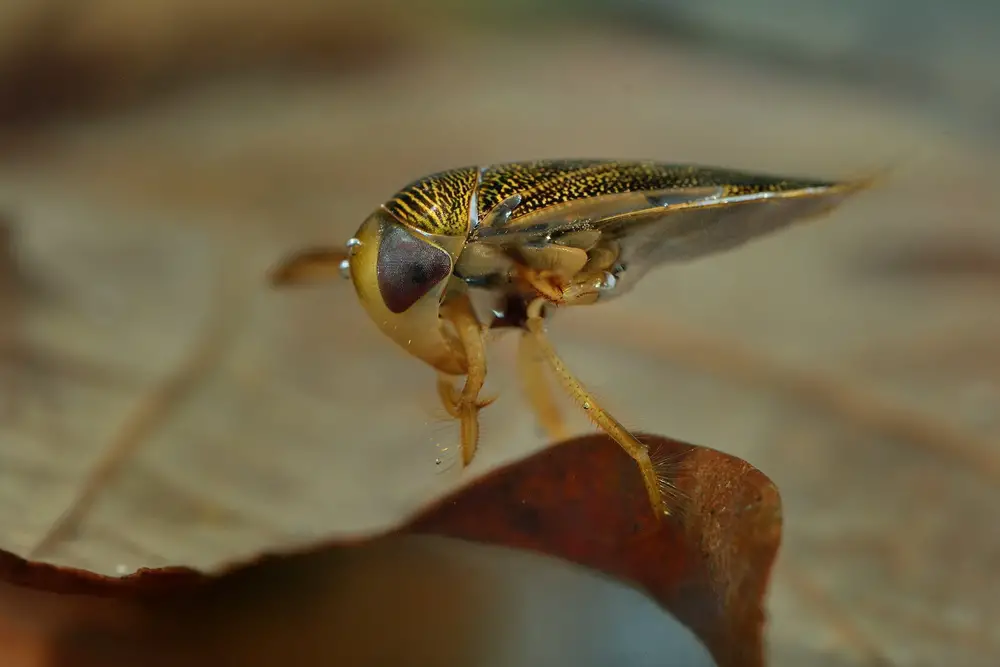
You read that right—the water boatman’s extreme volume comes from rubbing its privates against its abdomen. In a process called stridulation, this little bug scrapes its private against a ridged part of its body, creating vibrations that turn into sound waves. It’s basically the insect equivalent of a violinist bowing a string—but way less romantic.
This bizarre mating call is all about attracting a mate, and in the crowded world of freshwater ponds, being the loudest wins. The irony? While the sound is deafening when recorded with underwater microphones, humans standing near a pond can barely hear it. That’s because most of the noise is lost as it travels from water to air, making the water boatman a hidden rock star of the insect world.
3. Louder Than a Rock Concert—Without Amplifiers

In the human world, big sound usually requires big equipment. Rock bands use amplifiers, speakers, and massive stages to pump up the volume, but the water boatman? It needs nothing but its own tiny body. Scientists have tried to understand how this insect can produce such a powerful sound without external help. The answer lies in physics, vibration efficiency, and sheer evolutionary brilliance.
Despite being so small, the water boatman converts nearly all of its energy into sound, unlike most animals that lose much of their energy in the process. Imagine if humans could do this—we’d be able to shout across entire cities with just a whisper’s effort. Researchers are still studying this efficiency, hoping to apply its principles to human technology, from better microphones to ultra-compact speakers.
4. Underwater Sound Waves That Carry for Miles

If you’ve ever been swimming and heard the muffled sounds of voices above the surface, you know how difficult it is for sound to travel between water and air. But in water, sound waves move farther and faster than in the air, allowing the water boatman’s call to carry over long distances. This means that while humans might not hear it from above, other insects in the pond definitely do.
A female water boatman could be several feet away and still pick up the call of a potential mate. For such a tiny insect, that’s like a person singing so loudly they’re heard across an entire stadium. The power of these sound waves isn’t just impressive—it’s a game-changing survival tool in a world where competition for mates is fierce.
5. Scientists Were Blown Away by the Discovery

When researchers first recorded the water boatman’s sound, they thought their equipment was malfunctioning. Surely, no insect this small could produce a noise this intense, right? It took multiple recordings and verification before they realized they had discovered one of nature’s most unexpected feats.
The finding was so surprising that it even landed a spot in the Guinness World Records. Scientists who specialize in bioacoustics (the study of animal sounds) began diving deeper into how the water boatman achieves this audio miracle. Their research could reshape our understanding of sound production in nature—and possibly even inspire new audio technologies in the future.
6. A Master of Sound Without Vocal Cords
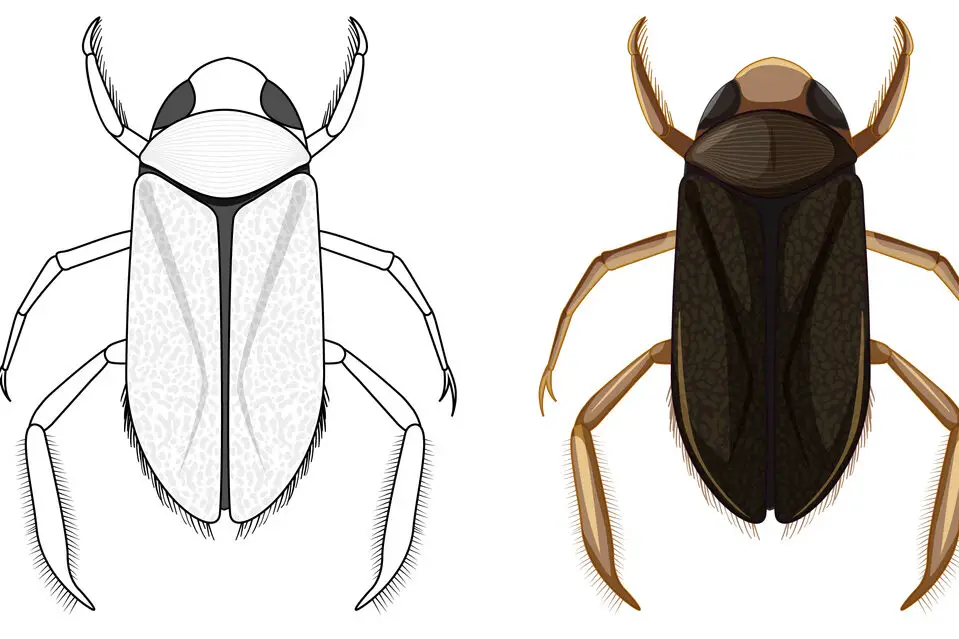
Unlike birds, mammals, or even frogs, insects don’t have vocal cords. So how do they make noise? By using their exoskeletons like musical instruments. Crickets rub their wings together, cicadas use drum-like structures called tymbals, and the water boatman? It plays a solo performance with its own body.
What makes this insect even more astonishing is that it produces a sound stronger than many animals 100 times its size. It’s a prime example of how evolution equips creatures with specialized tools to survive and reproduce. If humans could learn to harness sound as efficiently as this bug does, we might one day be able to create groundbreaking sound technology that changes the way we communicate.
Click here for more stories like this
7. Could This Tiny Bug Inspire the Future of Sound Engineering?

The water boatman might be an unlikely teacher for human technology, but its sound production is inspiring scientists in unexpected ways. If researchers can decode the secret behind how this insect amplifies its calls, it could lead to breakthroughs in speaker technology, microphone sensitivity, and even hearing aids.
Imagine having ultra-lightweight, high-powered speakers that don’t need bulky amplifiers or microphones so sensitive they capture whispers with crystal clarity. This insect’s ability to convert energy into sound with minimal loss could lead to innovations that revolutionize audio engineering. Who knew the future of cutting-edge acoustics might be hiding in the bottom of a pond?
It’s incredible to think that something as small as a grain of rice could hold the key to futuristic sound design. Engineers and scientists are studying its vibration mechanisms, hoping to apply its biological brilliance to new, energy-efficient acoustic devices. The fact that such a minuscule creature can have such a monumental impact on technology is proof that nature is always ahead of us in innovation.
8. This Bug Could Teach Us to Be Louder Without Shouting

One of the most fascinating things about the water boatman’s sound is how it maximizes its volume without exhausting itself. If humans could do the same, we wouldn’t need microphones in large lecture halls, and singers wouldn’t need amplifiers at concerts. We could just speak naturally, and our voices would carry effortlessly.
Scientists studying this insect are particularly interested in how it generates such an intense sound while using very little energy. Understanding this could help us create better hearing aids, clearer phone speakers, and more effective communication systems. Imagine being able to speak in a soft voice and have it project across a large room without straining. The water boatman does this effortlessly, and we’re just beginning to unlock its secrets.
9. Its Sound Might Help Protect It from Predators
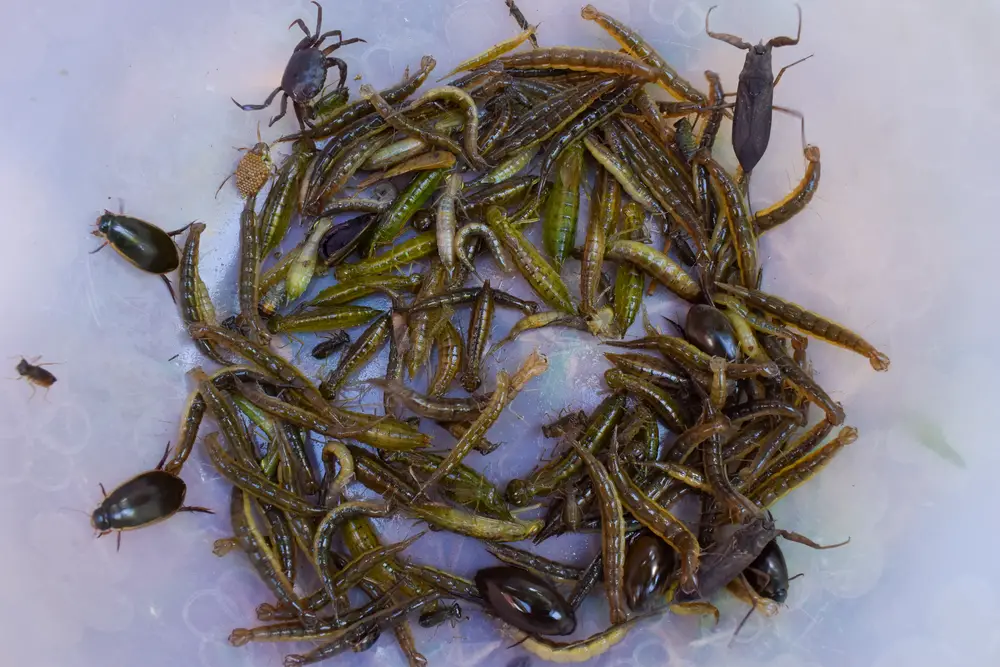
While the water boatman’s noise is primarily for attracting mates, some researchers believe it might have an additional survival benefit. In the wild, animals often use sound to confuse, warn, or scare off predators. Some scientists speculate that the loud call of the water boatman might make it seem larger and more intimidating to potential threats.
Imagine a predator lurking nearby, expecting an easy meal—only to be met with an unexpectedly loud burst of noise. In nature, even small advantages can make the difference between life and death. If the boatman’s call helps deter danger, it could explain why this insect evolved to be so exceptionally loud. Evolution tends to reward the most efficient and effective survival strategies, and this tiny bug may have mastered the art of sound defense.
10. The Noisiest Insect is Also One of the Least Known
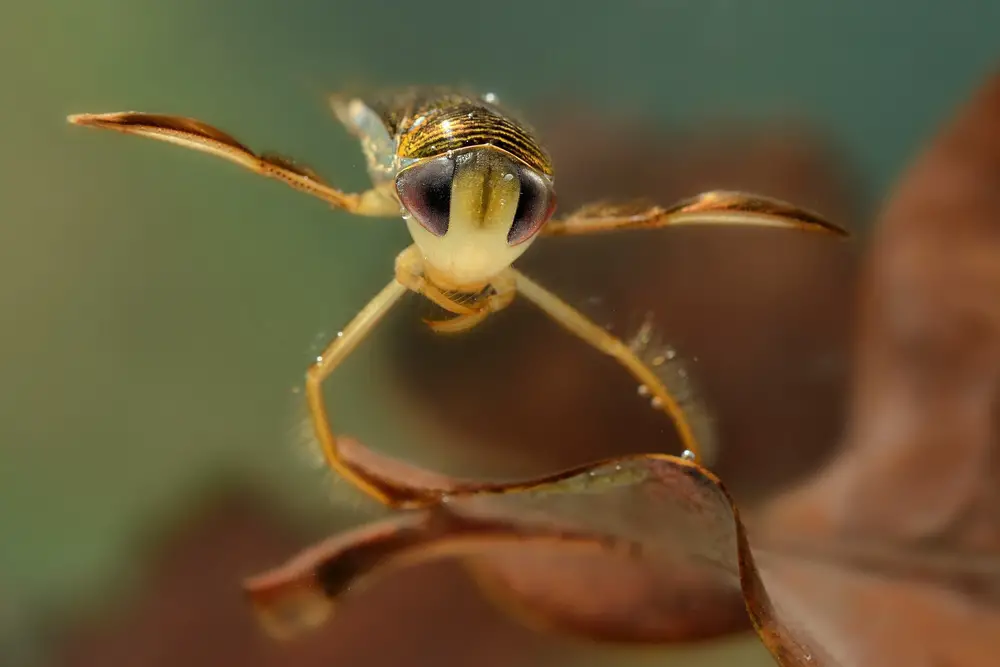
Despite its world-record-breaking sound, the water boatman remains one of the most underappreciated insects on the planet. It doesn’t have the recognizable charm of fireflies, the beauty of butterflies, or the sheer spectacle of cicadas. Instead, it spends its days underwater, hidden from most human eyes, producing sounds that barely reach our ears.
But in the scientific community, this insect is a rising star. Researchers in bioacoustics and biomimicry are paying close attention to how its sound mechanics could shape future innovations. It just goes to show that some of nature’s most incredible creatures are the ones we overlook. The next time you pass by a pond, remember—there might be a tiny underwater rock star performing a symphony right beneath the surface.


